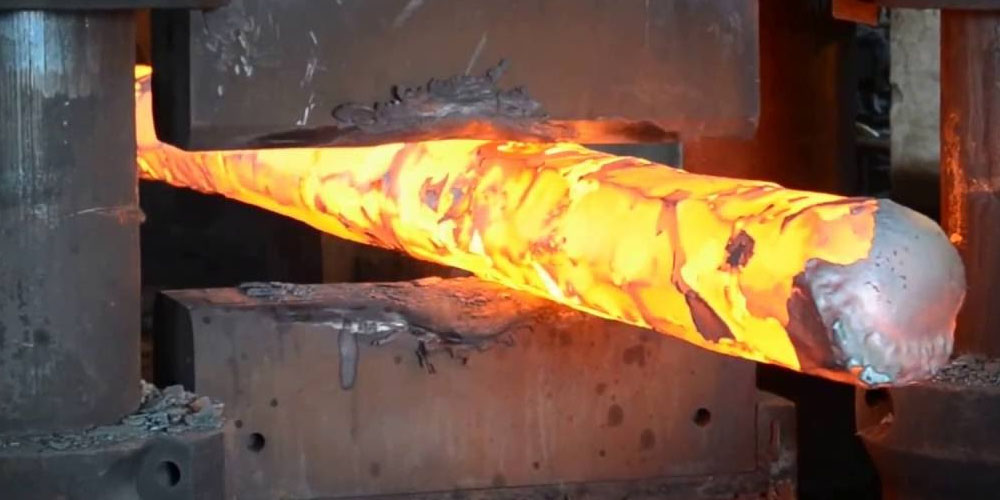The strength of forged car parts cannot be matched by cast or machined vehicle components. Regarding dependability and durability, nothing beats forgings. Since forging technology has advanced, forged items are now available in an increased variety of forms, dimensions, and performance levels that can satisfy exacting design and performance requirements.
Strangeness, dependability, economy, impact resistance, and fatigue resistance are typically considered while choosing forgings for crucial vehicle parts. Forged materials offer the required amount of high or low-temperature performance, flexibility, hardness, and workability.
During the forging process, metal is worked with, shaped, deformed, and crushed to achieve the desired form, configuration, or appearance defined by a metal processing design or schematic. The use of both cold and hot forging techniques can be utilized for the completion of the forging process. forge car parts have some of the specifications that we will discuss in this article.
Categories of Forging
There are three types of forging: hot forging, warm forging, and cold forging. Forging can Depending on the forming technique, be divided into free forging, die forging, rolling ring forging, and special forging.
Free Forging
Free forging is the preparation of forgings employing vital, all-purpose instruments. The blank is immediately subjected to an external force while wedged between the upper and lower anvils using the forging tool to bend it and create the required interior mass and shape. The forgings produced using this method are known as free forgings.
Manufacturing of forging at a small scale is perfectly done employing free forging. Utilizing forging tools such as, the blanks are forged, and qualified forgings are created. Forging hammers and hydraulic presses. Upsetting, drawing, punching, cutting, bending, twisting, staggering, and forging are some of the fundamental steps in free forging. Hot forging is considered a variant of free forging.
Die Forging
Open and closed die forging is the two types of die forging. To create the forging, pressure is applied to the metal blank bending it into a certain form in the forging chamber. Die striking is commonly employed to form great numbers of light products. There are three sorts of die forging: warm forging, and cold forging. Warm forging and cold forging are the subsequent build out direction of die forging and show the strength of forging technology.
Die forging can also be divided into three groups, which include die forging of ferrous and non-ferrous metals and the molding of powder products.. As the name implies, the components are powder, non-ferrous metals like copper and aluminum, and ferrous metals like carbon steel.
Special Forging
Roll forging, wedge rolling, radial forging, liquid die forging, and other Special forging methods are forging procedures, which are better suited for making particular types of parts. For instance, roller forging is a good, effective process to reduce the pressure that follows forming.
Steel balls, transmission shafts, and other items can be made using wedge rolling. In closing, large barrels, step shafts, and other Radial forging can be used to create forgings.
Forging Die
Forging can be classified into pendulum rolling, pendulum rotary forging, roller forging, wedge rolling, roll ring, and oblique rolling depending on how the forging dies move. Precision forging works well with swing rolls, pendulum swaggers, and rings. Roller forging and cross-rolling are ideal for pre-processing slender materials in order to increase material usage.
Like free forging, rotary forging is produced locally. Its main benefit is that it may be formed using forging pressure that is lower than the forging's size. With this forging technique, free forging included, the material expands from the neighboring mold surface to the free surface during processing. As a result, accuracy is difficult to guarantee.
Last Wording
During the forging process, metal is worked with, shaped, deformed, and crushed to achieve the desired form, configuration, or appearance defined by a metal processing design or schematic. In order to boost the competitiveness of the vehicle manufacturing industry, forging becomes a source of high-tech components while also making the automobile.


